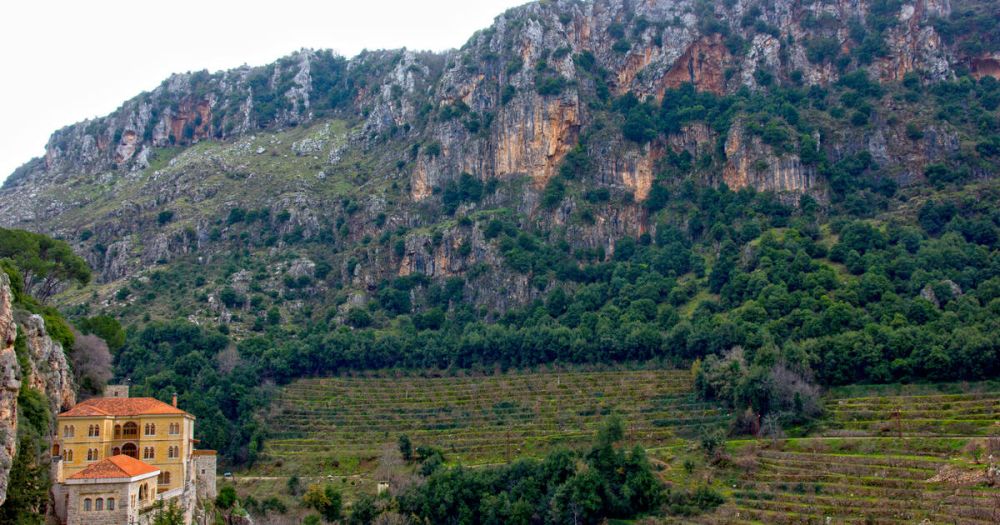

Lebanon has been a coveted tourist destination for centuries, with its rich history, diverse cultures, and stunning landscapes. The history of tourism in Lebanon can be traced back to the times when the Phoenicians, Greeks, and Romans appreciated its beauty and strategic location. In the modern era, particularly the mid-20th century, Lebanon was known as the "Switzerland of the East," attracting visitors from around the globe with its cosmopolitan capital Beirut, vibrant nightlife, and luxurious ski resorts.
Despite periods of civil unrest, Lebanon has resiliently rebuilt its tourism sector, and historical sites such as Byblos, Baalbek, and Tyre continue to draw in history buffs. In recent years, ecotourism and adventure travel have gained momentum, with visitors seeking Lebanon's natural beauty and outdoor activities.
Nestled in the heart of northern Lebanon is Wadi Qadisha, a breathtaking valley that has been a place of monasticism since the earliest years of Christianity. The valley is renowned for its rugged terrain, steep cliffs, and ancient monastic settlements that blend seamlessly with the natural surroundings. Throughout history, Wadi Qadisha has provided a place of refuge and contemplation for monks, hermits, and those seeking spiritual solace.
Often referred to as the "Holy Valley," Wadi Qadisha holds immense religious significance. The valley is sprinkled with chapels, hermitages, and monasteries that are intricately carved into its rock faces. This rugged terrain served as a defense, protecting the Christian monastic community from invaders over the centuries. In 1998, the valley was inscribed as a UNESCO World Heritage Site due to its cultural and spiritual importance.
In close proximity to Wadi Qadisha are the Cedars of God, ancient cedar forests that are a symbol of Lebanon itself – prominently featured on the Lebanese flag. The majestic and millennia-old Cedars of the Lord (Horsh Arz el-Rab) are among the last survivors of the extensive forests that used to thrive across Mount Lebanon in antiquity.
Recognizing the rarity and venerability of these trees, conservation efforts have intensified in modern times to protect this natural heritage. The Cedars of God have also been included within the UNESCO World Heritage Site listing, ensuring that these ancient trees receive the protection and attention they deserve.
Today, the Cedars of God forest is a popular destination for tourists and nature enthusiasts. Visitors come to marvel at the age-old trees, some of which are over 3,000 years old, and breathe in the serenity and history that pervades the area. Beyond admiration of the cedars, the region offers hiking, photography opportunities, and in the winter, exceptional skiing experiences in the nearby ski resorts.
The latest trends in Lebanese tourism reflect a growing interest in sustainable travel and a desire to immerse oneself in authentic local experiences. There is an increasing emphasis on eco-friendly accommodations, farm-to-table dining, and activities that support local communities. Visitors are encouraged to explore rural areas, engage in cultural exchanges, and participate in agrotourism initiatives that positively impact the environment and indigenous populations.